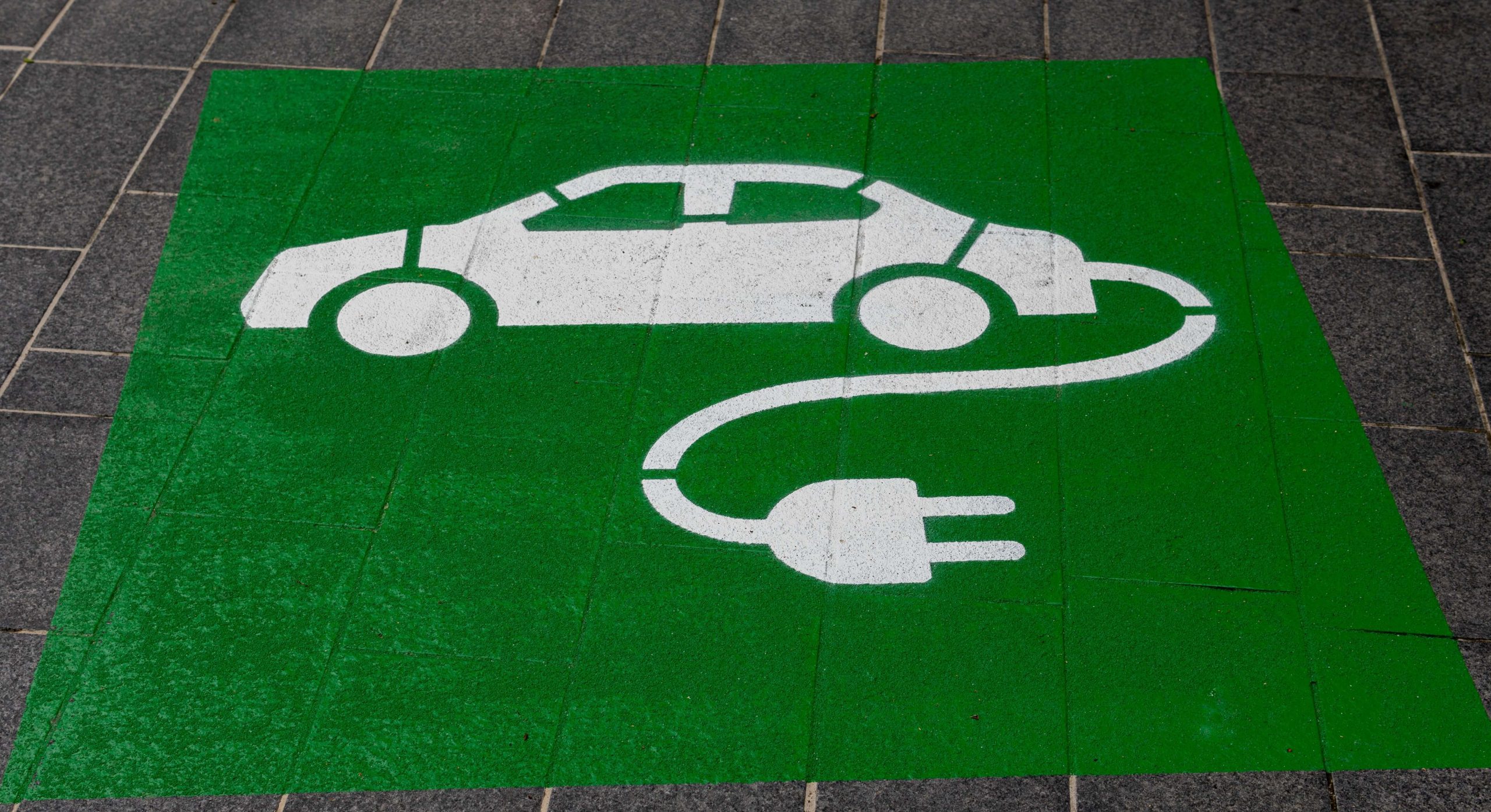Permaculture Principles: Integrating Ecology and Agriculture for a Sustainable Future
Permaculture, a term coined from ‘permanent agriculture’, is an approach to design that merges agriculture and ecology for a sustainable future. It’s an ethical framework focused on the symbiosis of people, land, and wildlife, centering on the principles of care for the earth, care for people, and fair share. Let’s delve into permaculture principles and how they bring about an integrative and sustainable approach to agriculture.
Observation and Interaction
The first principle of permaculture is observation and interaction. Instead of imposing our designs onto the land, permaculture encourages us to understand the site’s existing conditions — its topography, climate, flora, fauna, and water flows. This knowledge then guides our design decisions, ensuring that we work with nature instead of against it.
Take, for example, a farmer with a sloping field who notices that rainfall quickly runs off the site, eroding soil and leaving crops thirsty. Instead of fighting the slope, a permaculture design might incorporate swales or terraces that capture and store rainwater, reducing erosion, improving soil moisture, and providing a better environment for crops.
Capture and Store Energy
The second principle involves capturing and storing energy. Permaculture designs aim to make the most of natural resources like sunlight, wind, and rain. A permaculture garden, for instance, might be designed to maximize exposure to winter sunlight while blocking harsh summer sun, reducing the need for artificial heating and cooling.
Capturing energy also extends to organic matter. A permaculture garden composts plant waste and incorporates it back into the soil, sequestering carbon and providing rich nutrients for plant growth.
Use and Value Diversity
Permaculture places high value on diversity — the more species in a system, the more resilient it is. Diversity in a permaculture system is expressed through polycultures, where many plant species grow together, mimicking natural ecosystems. These systems are more resistant to pests, diseases, and extreme weather events than monocultures.
Valuing diversity also extends to a social context, promoting diverse skills, cultures, and perspectives within human communities.
Integrate Rather Than Segregate
Permaculture promotes integrated systems where each element supports and is supported by others. This principle is manifested in the classic ‘chicken tractor’ system: Chickens are housed in a movable coop that is moved around a garden or farm. The chickens eat pests and weeds, their waste fertilizes the soil, and the farmer benefits from eggs and meat. This is a simplified example, but it illustrates how permaculture seeks to create systems where waste is eliminated, outputs become inputs, and everything is interconnected.
Use Edges and Value the Marginal
Permaculture recognizes that the most productive and diverse areas in systems are often at the edges or interfaces — where a pond meets a field, or a forest meets a meadow. By creating and valuing these ‘edge’ spaces, we can increase productivity and biodiversity in our systems.
Similarly, permaculture values the marginal or overlooked. This could be a neglected city lot turned into a community garden, or a rural wasteland restored as a productive forest.
Permaculture offers a transformative vision for agriculture and society, one that centers sustainability, resilience, and care. It invites us to see ourselves not as conquerors of nature, but as part of an interconnected web of life — a perspective that is not only more ethical but also promises to be more sustainable for our shared future. As we confront the challenges of climate change, resource scarcity, and social inequality, the principles of permaculture provide a roadmap for how we can live more harmoniously with our planet and each other.
Small and Slow Solutions
Permaculture teaches us to value small and slow solutions. It appreciates that big changes often start with small steps and that slow, steady growth often leads to more sustainable outcomes. Whether it’s a small home garden, a community composting project, or a local farmers’ market, these seemingly insignificant initiatives can accumulate into transformative change.
Produce No Waste
In nature, waste does not exist; every output from one process becomes an input for another. In permaculture, we’re encouraged to adopt this principle by turning waste into resources. Composting kitchen scraps, using greywater for irrigation, and recycling are practical examples of how we can incorporate this principle into our daily lives.
Value and Care for People
At its core, permaculture is about caring for our planet and for each other. It promotes fair distribution of resources, communal support, and shared prosperity. It’s a design system that places people and their communities at the heart of its principles.
By cultivating local food systems, sharing resources, and valuing community engagement, we can create a society that is not just environmentally sustainable but also socially equitable.
Conclusion: The Future is Permaculture
Permaculture is not just a method of farming or a design technique; it’s a worldview and a lifestyle choice that prioritizes sustainability, cooperation, and respect for nature. It’s an inspiring testament to human ingenuity, demonstrating that we can create abundant systems that nourish both people and the planet.
With the principles of permaculture guiding our path, we can envision a future where food systems are resilient, communities are thriving, and our relationship with nature is marked not by exploitation, but by a deep sense of care and stewardship. Embracing permaculture means choosing a future that integrates agriculture and ecology, for a world that is truly sustainable, equitable, and bountiful for all.








